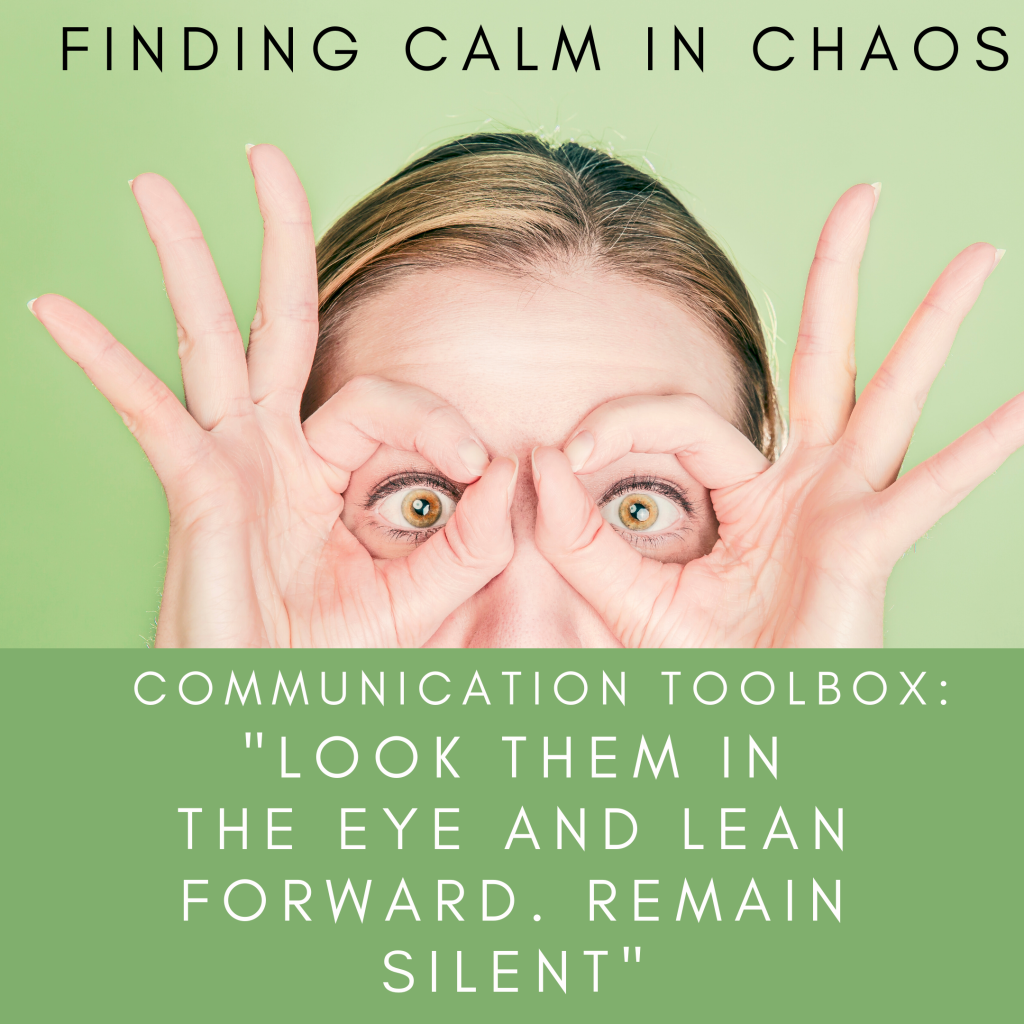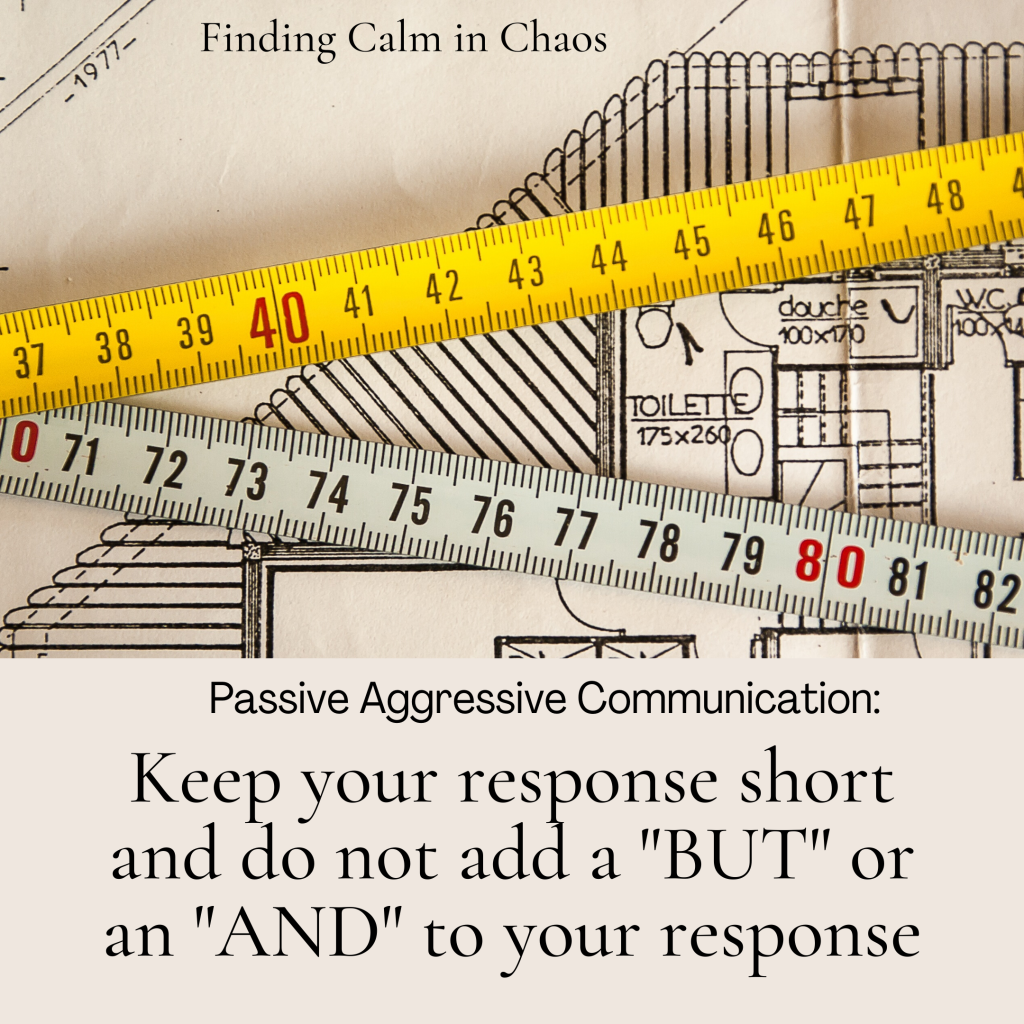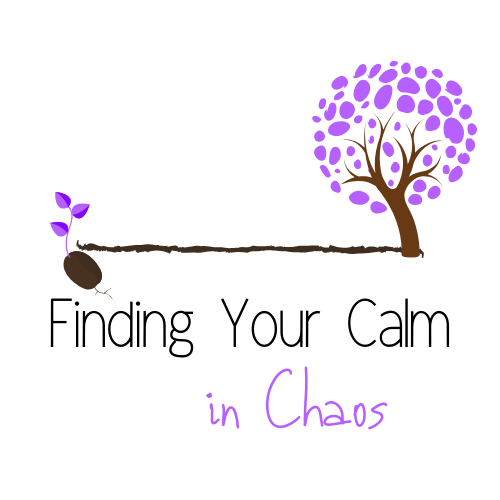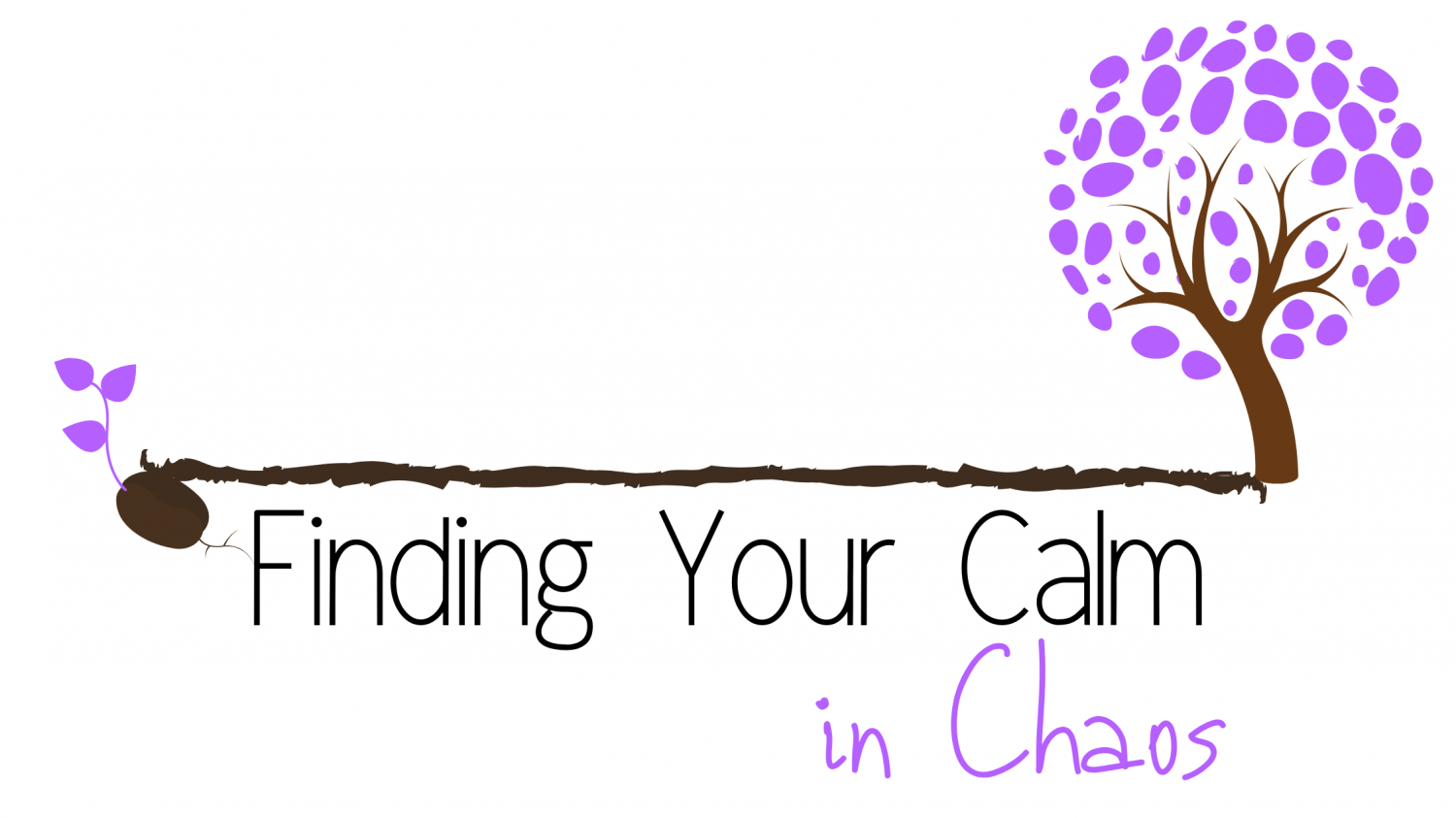PART 1: THE ZINGER
I was 20 years old when I had my first recognizable passive aggressive experience. I am sure I had experienced it before but this time it was delivered from an expert. After what seemed like a pleasant afternoon visiting someone’s home, I left feeling, well, odd. This person seemed nice, she was well liked and kind. Or was she? Why was I feeling so attacked and bad about myself? Why did I feel a sudden need to lose weight and get my hair done? Why did I feel awful when there wasn’t anything bad that had happened? It would take me another 25 years to look back on this situation with eyes wide open.
A few years back a relative said to me, “you know, that passive aggressive stuff we deal with is rough. I am glad that you and I are not passive aggressive.” I will be honest. I was naive as to what he meant. Was passive aggression when you say something passive then act out aggressively? I honestly had no clue. The reason I am writing my first blog on passive aggressive behavior is because this statement was actually the beginning of my journey into self discovery. Learning about passive aggressive behavior would be the beginning of a new life for me. Was I passive aggressive? Did I use this type of communication to manipulate or control others?
I was originally from a part of the United States where this behavior was not common. In fact, I was from a place where people mostly spoke their minds. They didn’t really hold back. But I would marry someone from the Midwest. Here, passive aggressive behavior is more accepted. In some areas it’s considered the “nice” way to handle situations. But let’s be honest, it’s not nice. It’s hurtful, condescending, disrespectful and rude.

Passive Aggressive behavior is defined by Oxford dictionary as: of or denoting a type of behavior or personality characterized by indirect resistance to the demands of others and an avoidance of direct confrontation, as in procrastinating, pouting, or misplacing important materials. Yeah, no wonder I actually had no idea what this meant. Let me explain this in words that we can understand.
Passive aggression is indirect actions used as a way to communicate feelings of anger or unhappiness, without actually using direct words to explain why you are upset.
This whole passive aggressive thing is more confusing than I first thought! So, someone can be passive aggressive without actually saying anything? Without even making a statement? Ah yes, there are plenty of ways to be passive aggressive. This would explain why most people who tend to have these traits hate confrontation at all costs. This week I will focus on some simple passive aggressive statements like the ones I experienced while visiting my friends home. In the next few weeks, I am going to dive much deeper into this very irritating communication blocker and the different ways it is used.
Zingers! How they work (or actually don’t work). Was it my friend’s words that felt attacking? Yes and no. Yes, passive aggressive statements can sting but normally we don’t even notice the attack because it was all flowery and packaged in a pot of soil that held the insult. For example,
Did you do something different with your hair? It looks nice…… but I really like how it looked last summer. It will grow out. Don’t worry.
Ouch. That sounded like a compliment but it really wasn’t, was it? She told me my hair looked nice but in the same breath told me I should be looking forward to it growing out. I describe the feeling after you are hit with one of these zingers like getting off the carousel at an amusement park. I think I had fun but my stomach feels otherwise. I think that was a compliment but it didn’t feel like one. I truly believe that people that make these statements actually believe they are helping. Maybe she is thinking that she likes your hair longer but does not have the tools in her communication toolbox to communicate that without a veiled statement. If you find yourself wanting to say something like this to someone, you have other options. You could say nothing at all if you are not asked and really do not like her haircut. Another option is just to say, “Your hair looks nice” and refrain from adding that you like it better longer. If you are asked for your honest opinion you could simply state that you prefer her with longer hair. Its clear and it’s not flowery. Your friend is probably a big enough girl to handle your opinion if she asked for it.

But what do you do if your on the receiving end of a passive aggressive statements? Believe it or not, you do have options! Let’s take a look at a common situation. You are visiting your in laws for the holidays and you know that your mother- in-law and sister-in-law are the queens of passive aggressive zingers. Everytime your about to visit you get a pit in your stomach because you know what is going to happen. Each year you leave feeling the same way, utterly defeated. A little preparation before you arrive is all you need! This year will be different! I have three go to responses in my tool box for this very situation. I have tried each one of these out personally and I like the results because I find that they are respectful and polite. I never want to change who I am as a person by responding with anything that hurts another person or “puts them in their place.” At one time maybe I did this, but now I have new tools.
The first response is to simply say “Ouch,” just “Ouch,” no more, no less. No, responding with Ouch; that hurt or Ouch that hurt my feelings because….., No explaining. They know exactly what you are referring too!
The second response is not really a response but it is very effective. This one works best if you are sitting at dinner or sitting down looking at each other having a conversation. When they finish their “colorful” veiled compliment/insult, just look at them very directly. No smile. No frown. No anger. Lean towards them as if to say……..please continue. I am listening. Practice this one in the mirror first if you have too. Just look directly at them as if you are waiting for them to finish an incomplete thought. Sit tight and wait. They usually will change the subject quickly or start to stumble over their words. You may notice them starting to speak quicker. All those responses mean what you are doing is working! But you are not engaging in the conversation or explaining why you like your hair the way it is. You are calling them out on what they said without ever saying a word. Cool, huh?

My third response is saved for the severe cases where nothing else is working and I am forced to directly address the passive aggressive statements being thrown my way. I will use this if I am feeling I am under serious attack or to someone who is a repeat offender. It’s a simple statement and addresses my feelings and addresses the situation quickly and effectively.
“I feel as if you are angry at me and I am not sure what I have done to upset you. If you would like to talk about what is really bothering you, I would be happy to listen”
Remember, a passive aggressive person will do anything to avoid confrontation. So, odds are this statement will be met with oh, I am not mad or you misunderstood me. Those are perfectly fine statements for them to say because they actually know exactly what you are referring to but will not discuss it with you. Now you are free to go on with your day. If, on the rare occasion, you actually have said this to someone who is willing to discuss what is angering them, well, that is an awesome moment to start a open dialogue and repair the relationship.
One final note, something I have learned from all the years of not knowing how to handle passive aggressive behavior and from the effect of trying to handle it with a conversation: if you attempt to explain how what they said has hurt you, you will get the second part of the passive aggressive “game.” The passive aggressive person will always come back with something about how YOU are being to sensitive or you misunderstood them. They will retell the story to everyone they know about how you are a bully and how they were just trying to be helpful, kind, nice, etc. They are masters at turning the tables and you will become the bad guy. This is part of their manipulation! We will dive deeper into the victim mentality of a passive aggressive pro in the upcoming weeks.
To become a better communicator, we must learn to recognize passive aggressive statements or “Zingers.” Work on eliminating them from your communication and you will be well on your way to finding the calm in your personal chaos.
Recognize passive aggressive Zingers and work on eliminating them from your communication.
To keep from throwing a zinger someone’s way:
- Say nothing at all if you are not asked or if your answer will not be genuine
- Keep your response short and do not add a but or an and to your response
- Give your honest opinion without making your answer “flowery”
To handle Zingers aimed at you
- Simply say OUCH
- Look them in the eye and lean forward. Remain silent
- For when you are feeling attacked or you are dealing with a repeat offender. Express your feelings clearly. “I feel as if you are angry at me and I am not sure what I did to upset you. If you would like to talk about what is bothering you, I would be happy to listen”

CLICK HERE FOR COMMUNICATION TOOLBOX







Oh, my goodness. Your first post and I didn’t want it to end. Thank you. Really great stuff. What’s surprising is how simple it is. Not saying anything. Smiling. Ouch. Those aren’t hard to do. Having the right tools and being aware of what is being said are vital. Thank you. Looking forward to your weekly posts.
LikeLike
Thank you!!!!
LikeLike